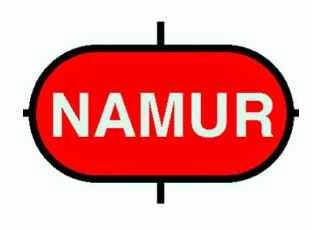

At the 2022 edition of the NAMUR General Assembly, the anticipated benefits from future implementations of Ethernet-APL were very high. The penetration of the various process fieldbus flavors plateaued at around  10 percent, because the implementation effort was substantial, and the associated benefits didn’t impress end users. Felix Hanisch, president of the NAMUR board, mentioned that an Ethernet-APL information highway to the OT systems is critical, and maybe the industry’s last chance to enable "top-to-bottom" digital transformation. The better-known benefits are:
10 percent, because the implementation effort was substantial, and the associated benefits didn’t impress end users. Felix Hanisch, president of the NAMUR board, mentioned that an Ethernet-APL information highway to the OT systems is critical, and maybe the industry’s last chance to enable "top-to-bottom" digital transformation. The better-known benefits are:
In formal contributions and informal talks, it also became apparent that Ethernet-APL is suited for safety instrumented systems (SIS):
There is still a wish list of functionalities that NAMUR called “roadmap." The execution of this roadmap is seen as the condition for broad adoption and implementation of Ethernet-APL. NAMUR invites their members to actively inquire with vendors about these items:
Some users believed that 4-20mA is more than sufficient, and they didn’t believe that there would be a business case for upgrading brownfield installations. The cases that would strongly benefit from Ethernet-APL are most likely for processes that require regular reconfiguration, and that would benefit from tight monitoring and asset management of equipment for optimal process performance.
ARC Advisory Group’s Harry Forbes notes that if users take it to the level of implementation at site or even global level, device monitoring and management at these levels would unlock important efficiency benefits, as opposed to unit or plant level monitoring and management with cumbersome vendor-specific software. Other cases may have a less favorable business case.
NAMUR users believe the lifecycle needs to become simpler: device qualifications, example use cases, high availability, also simplified device exchange from installed 4-20/HART, and network security need to be simplified. If industry can solve these challenges, then end users would be satisfied.

